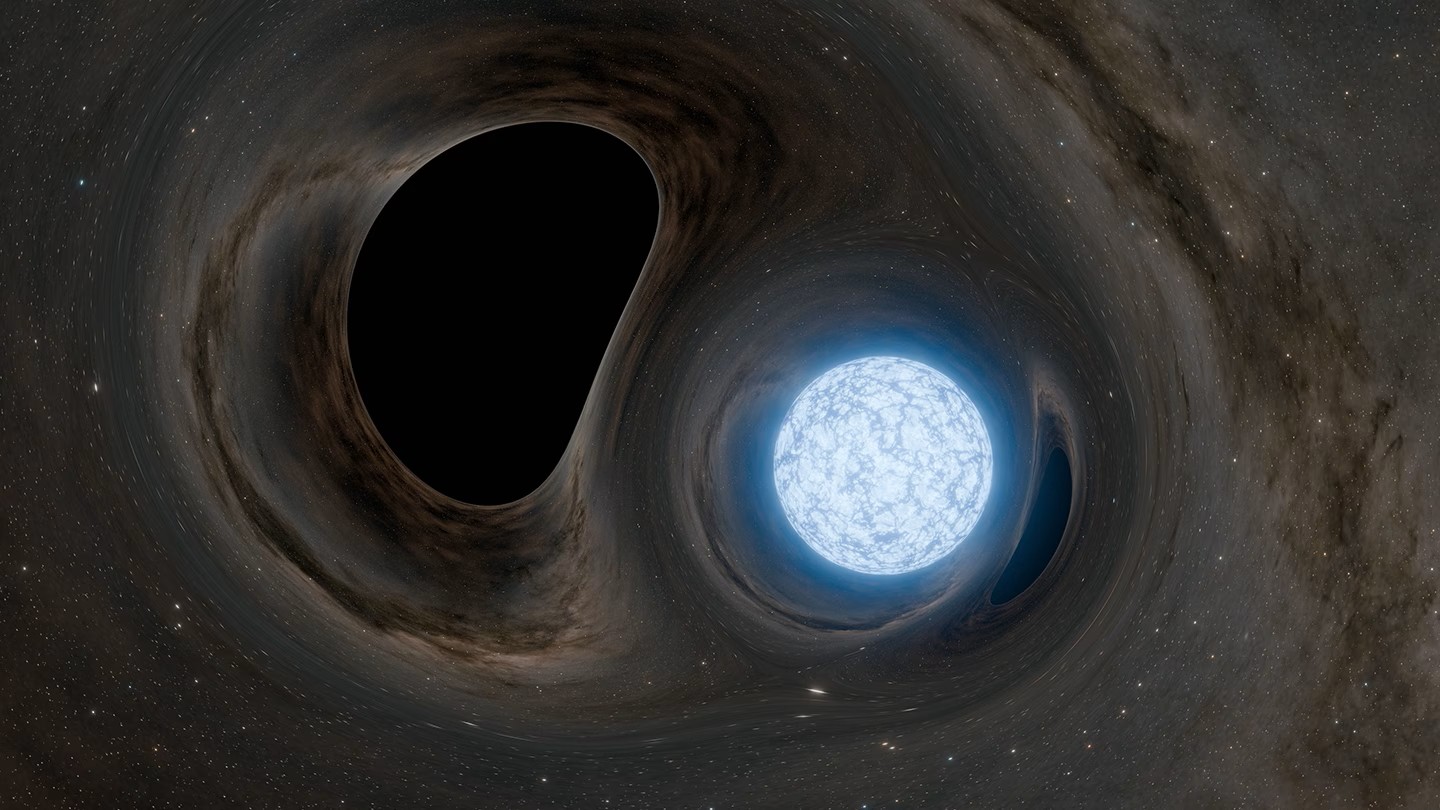India plans to build reusable rockets in the next decade (report)
The ISRO is getting into reusable tech.

India is getting into the reusable rocket game.
The Indian Space Research Organisation (ISRO) has revealed plans to develop reusable rocket-launch technology this decade, according to a report by SpaceNews.
In a "New Year Message for 2021," ISRO Chairman K. Sivan announced the agency's goals for the 2020s within the context of the growing space industry. The "space sector is facing disruption due to the entry of many private players," Sivan said in the message.
"In line with global directions, we [must] develop heavy-lift launch vehicle, semi-cryogenic stage, reusable launch vehicle, advanced propulsion, next-generation avionics, advanced materials, dynamic space applications and efficient integration of space-based services, as well as advanced space science missions," Sivan added.
Related: India to launch Shukrayaan Venus mission in 2024
According to the message, every ISRO center and unit has been directed to create a plan for the remainder of the decade that "provides ample focus on research and innovation, considering the national requirements, the new space policy, as well as the transitions occurring in the global space arena," Sivan said.
With the goals of this statement in mind, 18 ISRO centers aim to scale up capabilities related to ground stations, human spaceflight, satellite platforms and more, according to SpaceNews.
Get the Space.com Newsletter
Breaking space news, the latest updates on rocket launches, skywatching events and more!
For example, the Vikram Sarabhai Space Center was directed to continue its "competence in launch-vehicle development toward heavy-lift capabilities, achieving partial and full reusability" and scramjet engine (supersonic-combustion ramjet, a type of supersonic engine) research, according to SpaceNews.
Additionally, SpaceNews reports, the ISRO's Liquid Propulsion Systems Center will develop more powerful semi-cryogenic propulsion capability, allowing the country to put 5.5 metric tons in geosynchronous transfer orbit. The same center was also directed to innovation in the form of developing methane-liquid oxygen propulsion, "green propulsion" and electric propulsion.
Sivan, whose chairmanship was just extended through Jan. 14, 2022, described ISRO as a "torch-bearer of innovation in the country." With this decadal plan in place, ISRO already has a number of missions expected to lift off in the near future. For example, in 2021 ISRO has plans to fly a Small Satellite Launch Vehicle launch as well as the Chandrayaan-3 moon mission, which follows 2019's Chandrayaan-2 mission that, while the mission's lander crashed, was a notable accomplishment with the mission's orbiter continuing to observe and circle the moon to this day.
Email Chelsea Gohd at cgohd@space.com or follow her on Twitter @chelsea_gohd. Follow us on Twitter @Spacedotcom and on Facebook.
Join our Space Forums to keep talking space on the latest missions, night sky and more! And if you have a news tip, correction or comment, let us know at: community@space.com.

Chelsea “Foxanne” Gohd joined Space.com in 2018 and is now a Senior Writer, writing about everything from climate change to planetary science and human spaceflight in both articles and on-camera in videos. With a degree in Public Health and biological sciences, Chelsea has written and worked for institutions including the American Museum of Natural History, Scientific American, Discover Magazine Blog, Astronomy Magazine and Live Science. When not writing, editing or filming something space-y, Chelsea "Foxanne" Gohd is writing music and performing as Foxanne, even launching a song to space in 2021 with Inspiration4. You can follow her on Twitter @chelsea_gohd and @foxannemusic.
